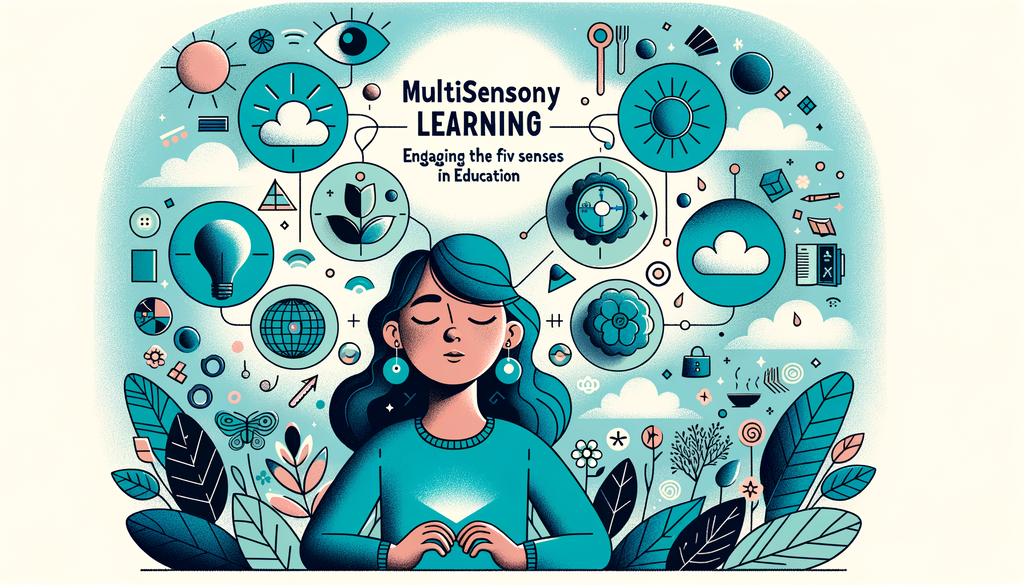Multisensory Learning: Engaging the Five Senses in Education

As parents and caregivers, we are uniquely positioned to enhance the educational experience of our children. One powerful way we can do this, especially for those with special needs or identified as gifted and talented, is through multisensory learning.
Multisensory learning involves the use of visual, auditory, tactile (touch), gustatory (taste), and olfactory (smell) stimuli to enhance understanding and retention of information. For children with learning differences, such as dyslexia or ADHD, integrating this approach can make learning more engaging and accessible, improving outcomes overall[^1^].
The Power of Multisensory Learning
Neuroscience suggests that our brains process and retain information more effectively when multiple senses are engaged[^2^]. This is particularly beneficial for children with learning disabilities who might struggle with traditional teaching methods, as it caters to their diverse learning styles.In our previous post about Understanding Sensory Processing Disorder in the Classroom, we delved into the importance of understanding and incorporating sensory experiences for such learners.
Gifted and talented children can also benefit, as multisensory techniques can increase engagement and challenge their advanced cognitive abilities.
Implementing Multisensory Techniques at Home
Here are some simple ways to implement multisensory learning at home:
Touch: Incorporate hands-on activities related to the learning topic. For instance, if your child is learning about different shapes, consider making shapes out of playdough or fabric. For more insights into touch and its impact on learning, refer to our post on The Role of Play Therapy in Child Development.
Sight: Use visuals like diagrams, mind maps, and videos to enhance understanding.
Hearing: Utilize auditory tools like songs, audio books, or verbal discussions about the topic under learning.
Taste and Smell: Though less commonly used, these senses can be powerful learning tools, particularly for younger children. Engaging in cooking activities or using scented markers can create a rich, multi-sensory environment.
Multisensory Learning for Reading and Spelling
In subjects like reading and spelling, multisensory learning can be particularly effective. In our Dyslexia Tools post, we explored how multisensory techniques can help dyslexic learners improve their reading skills. Here are some additional strategies:
-
Trace the shape of letters and words in sand, shaving cream, or with a paintbrush. This can help engrain the shape and sequence of letters in a child’s memory.
-
Practice spelling with magnetic letters or alphabet beads. The tactile experience can reinforce letter recognition and sequencing.
Resources to Support Your Journey
Remember, as parents and caregivers, your role is crucial in supporting your child’s learning journey. For additional insights, strategies and discussions on prevalent issues, check out our previous posts, where we cover topics ranging from Recognizing Giftedness in Young Children to Strategies for Parents of Special Needs Children.
Using multisensory learning techniques can be an effective way to enhance the educational experience for all children, particularly for those who may learn differently or have unique abilities. By integrating visual, auditory, and tactile stimuli, you can support your child in discovering fun, engaging, and effective ways to learn!